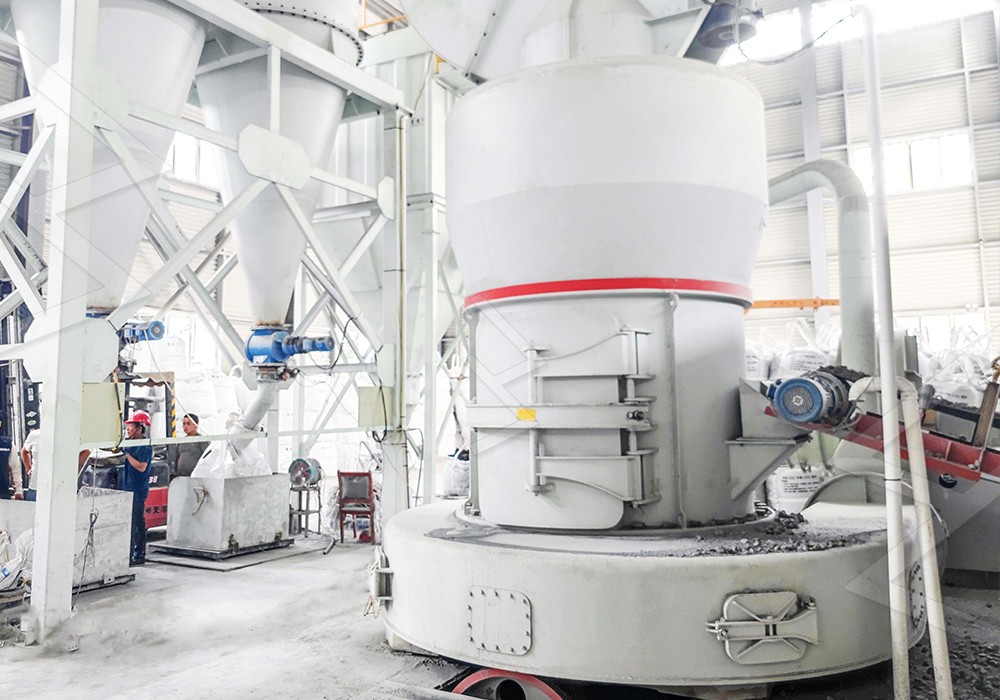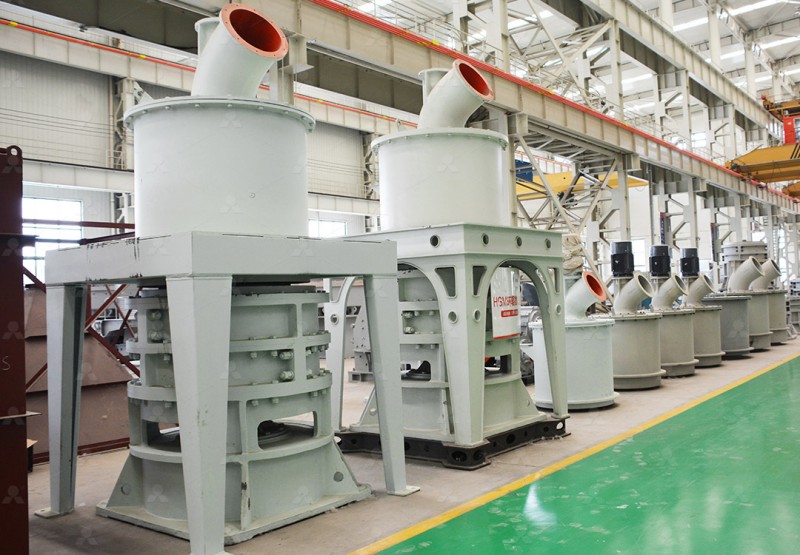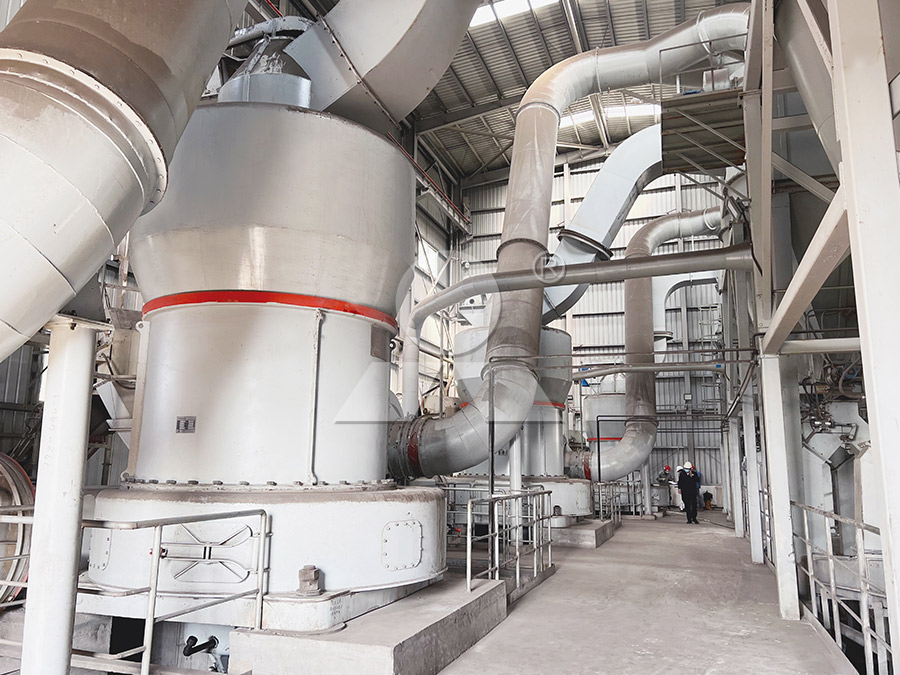Raymond Mill for Pulverizing Bituminous Coal in Industrial Applications
Raymond Mill for Pulverizing Bituminous Coal in Industrial Applications
In the realm of industrial processing, the efficient pulverization of bituminous coal remains a critical operation for power generation, cement production, and various manufacturing processes. The selection of appropriate grinding equipment directly impacts operational efficiency, energy consumption, and final product quality.

Bituminous coal, characterized by its relatively high volatile matter and burning qualities, requires specialized milling equipment to achieve the optimal particle size distribution for combustion efficiency. Traditional grinding solutions often struggle with the specific characteristics of this material, including its abrasiveness and moisture content.
Technical Considerations for Coal Pulverization
The grinding of bituminous coal presents unique challenges that demand careful equipment selection. Key factors include the material’s grindability index, moisture content, and the required fineness for specific applications. Industrial operations typically target particle sizes between 200 and 325 mesh for optimal combustion efficiency in most applications.
Modern grinding technology has evolved significantly from basic crushing approaches to sophisticated systems that integrate multiple processes. The ideal solution must address not only particle size reduction but also drying, classification, and material handling in a coordinated system.
Advanced Grinding Solutions
For operations requiring superior performance in bituminous coal processing, we particularly recommend our MW Ultrafine Grinding Mill. This advanced system represents a significant leap forward in grinding technology, specifically engineered to handle materials like bituminous coal with exceptional efficiency.
The MW Ultrafine Grinding Mill operates with an input size of 0-20 mm and delivers capacities ranging from 0.5 to 25 tph, making it suitable for various industrial scales. Its innovative design incorporates higher yielding with lower energy consumption, achieving production capacity 40% higher than jet grinding mills with system energy consumption reduced to just 30% of comparable systems.

What sets this equipment apart is its adjustable fineness capability between 325-2500 meshes, achieved through German cage-type powder selector technology. This precision control ensures optimal particle distribution for specific combustion requirements. The mill’s unique design eliminates rolling bearings and screws in the grinding chamber, significantly reducing maintenance concerns and potential downtime.
Environmental and Operational Advantages
Modern industrial operations must balance production efficiency with environmental responsibility. The integrated pulse dust collector and muffler system in the MW Ultrafine Grinding Mill effectively contains dust and reduces noise pollution, ensuring compliance with stringent environmental standards.
The equipment’s digitalized processing guarantees higher precision in manufacturing, particularly for core components, while the comprehensive spare parts support ensures worry-free operation. The external lubrication system allows for maintenance without shutdown, enabling continuous 24-hour production cycles that are essential for industrial operations.

For operations with different capacity requirements, our LUM Ultrafine Vertical Grinding Mill presents another excellent option, featuring independent design incorporating the latest Taiwanese grinding roller technology and German powder separating technology. This system handles input sizes of 0-10 mm with capacities of 5-18 tph, providing flexibility for various operational scales.
Implementation Considerations
Successful integration of coal grinding systems requires careful planning regarding feed consistency, moisture management, and product handling. The working principle of these advanced mills involves precisely controlled grinding forces and efficient material classification, ensuring consistent product quality while minimizing energy consumption.
Operational experience across multiple industries demonstrates that proper mill selection, combined with appropriate ancillary equipment, can reduce overall energy consumption by 30-50% compared to conventional systems while improving product quality and operational reliability.
Frequently Asked Questions
What makes the MW Ultrafine Grinding Mill particularly suitable for bituminous coal?
The MW Mill’s unique grinding curve design, absence of internal screws and rolling bearings in the grinding chamber, and advanced powder selection technology make it exceptionally reliable for processing abrasive materials like bituminous coal while maintaining consistent performance.
How does the adjustable fineness feature benefit coal processing operations?
The ability to precisely control product fineness between 325-2500 meshes allows operators to optimize particle size distribution for specific combustion systems, improving burn efficiency and reducing unburned carbon losses.
What maintenance advantages does this equipment offer?
The external lubrication system enables maintenance without shutdown, and the absence of internal screws and rolling bearings in the grinding chamber eliminates common failure points, significantly reducing maintenance requirements and downtime.
How does the energy consumption compare to traditional grinding systems?
The MW Ultrafine Grinding Mill reduces system energy consumption to approximately 30% of jet grinding mills while achieving 40% higher production capacity, representing substantial operational cost savings.
What environmental features are incorporated?
The integrated pulse dust collector ensures no dust pollution during operation, while silencers and noise elimination measures reduce acoustic impact, ensuring compliance with environmental standards.
